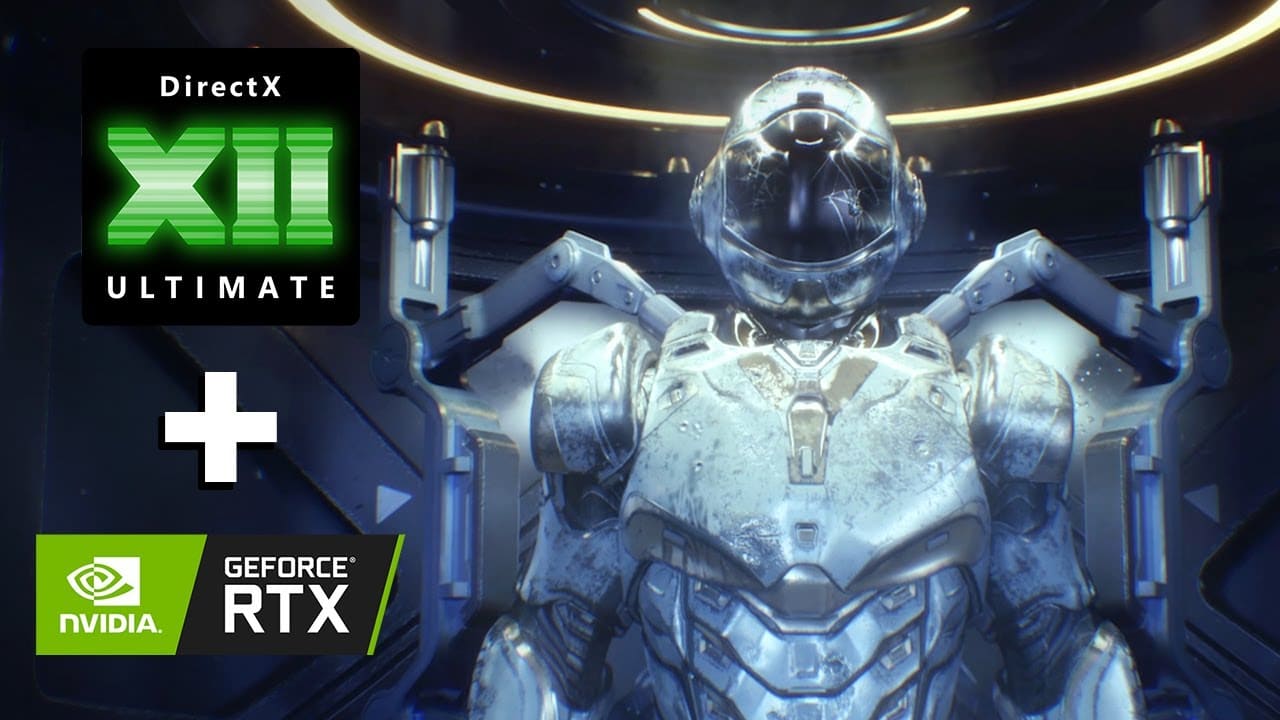Sure! Here’s the translation into American English:
The advancement in real-time graphics is about to take a significant leap with the arrival of neural rendering powered by artificial intelligence (AI), one of the flagship technologies of the recently announced NVIDIA RTX 50. Microsoft is already working on an update to its DirectX to include full support for this innovative technique, enabling developers to integrate AI capabilities into their games and applications.
What is Neural Rendering and Why is it Relevant?
Neural rendering uses AI algorithms to optimize and enhance multiple aspects of the graphics process, such as textures, lighting, shading, and ray tracing. In the case of the RTX 50, NVIDIA has introduced technologies like DLSS 4 and RTX Neural Rendering, which promise to double frames per second (FPS) and drastically improve visual quality through the use of AI.
Microsoft has decided to boost this technology in DirectX through a new feature: cooperative vectors. These allow for the acceleration of AI workloads by optimizing operations such as matrix and vector multiplication, which are essential in training and inference of AI models.
New Features Coming to DirectX
The incorporation of cooperative vectors in DirectX will enable several advantages for neural rendering:
Shader Acceleration: AI tasks can be executed during specific shader stages, such as pixel shaders, without utilizing the entire GPU. This will allow for the use of small neural networks in real-time without compromising overall graphics resources.
Cross-Platform Compatibility: Microsoft is working alongside AMD, Intel, NVIDIA, and Qualcomm to ensure that this technology works across various hardware types.
- Support for Dedicated Hardware: The Tensor Cores of the RTX 50 will be able to leverage the capabilities of cooperative vectors, unlocking a new level of AI performance.
NVIDIA’s Advances with RTX Neural Rendering
NVIDIA’s family of neural rendering technologies integrated into the RTX 50 includes innovations such as:
RTX Neural Texture Compression: Allows for texture compression up to seven times, significantly reducing VRAM usage without affecting graphic quality.
RTX Neural Materials: Utilizes AI to compress and optimize complex shaders, achieving material processing up to five times faster.
- RTX Neural Radiance Cache: Enhances ray tracing lighting through AI algorithms, reducing computation times without compromising visual fidelity.
These tools not only increase graphic efficiency but also open new possibilities for developers by simplifying the creation of photorealistic environments.
Impact on the Future of Real-Time Graphics
Support for neural rendering in DirectX marks a new chapter in the development of computer graphics. This integration will enable developers to harness the power of AI to create immersive experiences with higher visual quality and efficiency.
While there is no concrete date yet for the final implementation of this technology, Microsoft is already working on preliminary versions that will be available to developers in the coming months. With the NVIDIA RTX 50 leading this revolution, neural rendering promises to redefine the future of video games and graphic applications.
References: Nvidia and Microsoft
Feel free to ask if you need any more help!

